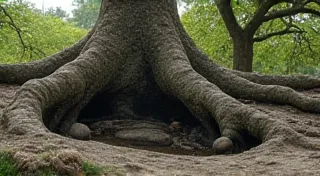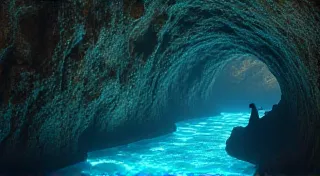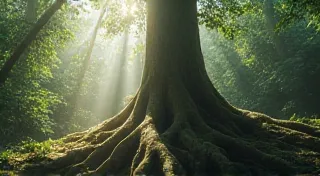Chromatic Whispers: Unraveling the Language of Orchid Pigmentation
There's a quiet magic in the orchid world. It's not the boisterous flamboyance of a hibiscus, nor the predictable charm of a rose. It’s a subtle whisper, a chromatic secret held within each petal, each leaf, a language spoken in hues that deepen understanding of the natural world. My own fascination began years ago, not with the perfectly formed Phalaenopsis, but with a *Paphiopedilum rothschildianum*, a ‘Rothschild’s Slipper’—an orchid so rare, so exquisitely marked, it felt less like a flower and more like a captured piece of a forgotten dream.
Collecting rare orchids isn’t merely about acquiring beautiful objects. It's about connecting to an evolutionary narrative, about appreciating the slow, painstaking work of natural selection etched onto a delicate form. And that narrative is profoundly linked to the pigments that create their color—a far more complex story than just “red” or “purple.”
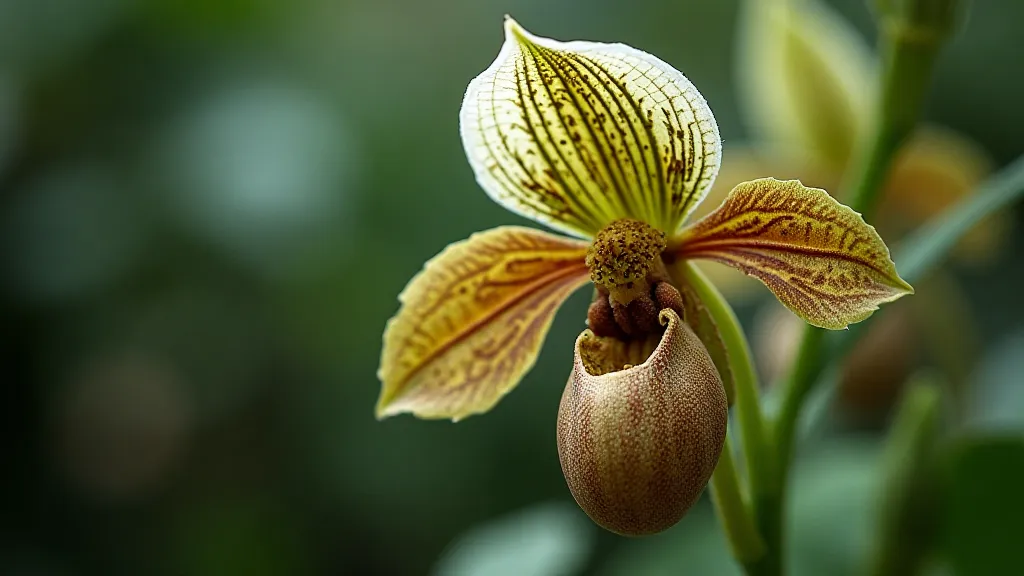
The Architects of Color: Anthocyanins and Carotenoids
The primary players in this chromatic drama are two classes of pigments: anthocyanins and carotenoids. Anthocyanins are responsible for the vast spectrum of reds, purples, and blues we see in orchids, while carotenoids produce the yellows, oranges, and vibrant reds. While these are the broad categories, the nuances are almost limitless. Anthocyanins, for example, aren't a single pigment, but a family of compounds whose exact shade is dictated by pH levels, metal ion interactions, and co-pigment interactions.
Imagine a painter’s palette. Each pigment is a base color, but the final hue arises from a complex interaction of shades—a process mirrored perfectly within the orchid flower. A seemingly simple purple might be a combination of red anthocyanins and blue anthocyanins, their proportions subtly adjusted by the orchid's internal chemistry.
Historical Context: Obsession and Discovery
The human fascination with orchid pigments is as old as the orchid hobby itself. Early orchid explorers, Victorian plant hunters like Joseph Banks and later, men like Frederick Pertwee, were captivated not only by the novelty of these exotic flowers but also by the challenge of understanding their colors. Victorian scientists, often collaborating with orchid growers, meticulously documented color variations and experimented with different growing conditions, attempting (often unsuccessfully) to induce specific hues.
The early attempts to manipulate orchid color, while often misguided, demonstrated a deep, intuitive understanding of the potential for environmental influence. They lacked, however, the tools of modern biochemistry. It wasn’t until the 20th century, with the advent of chromatography and spectroscopic analysis, that scientists began to unravel the molecular secrets behind orchid coloration.
Environmental Influence: The Dance of Light and Shade
The environment plays a crucial role in shaping orchid pigmentation. Light intensity, particularly UV radiation, can dramatically alter anthocyanin production. Orchids growing in shadier conditions often produce darker, more intense hues to attract pollinators adapted to low-light environments. Conversely, orchids exposed to high levels of sunlight may develop lighter, more vibrant colors.
Temperature and nutrient availability also exert influence. For instance, aluminum ions, present in the soil, can bind with anthocyanins, causing them to turn a darker, more intense blue. This explains why some orchids grown in acidic soils display a more pronounced blue coloration compared to those grown in alkaline soils. It’s a delicate balancing act; too much aluminum can be toxic, while too little renders the pigment's unique character absent.
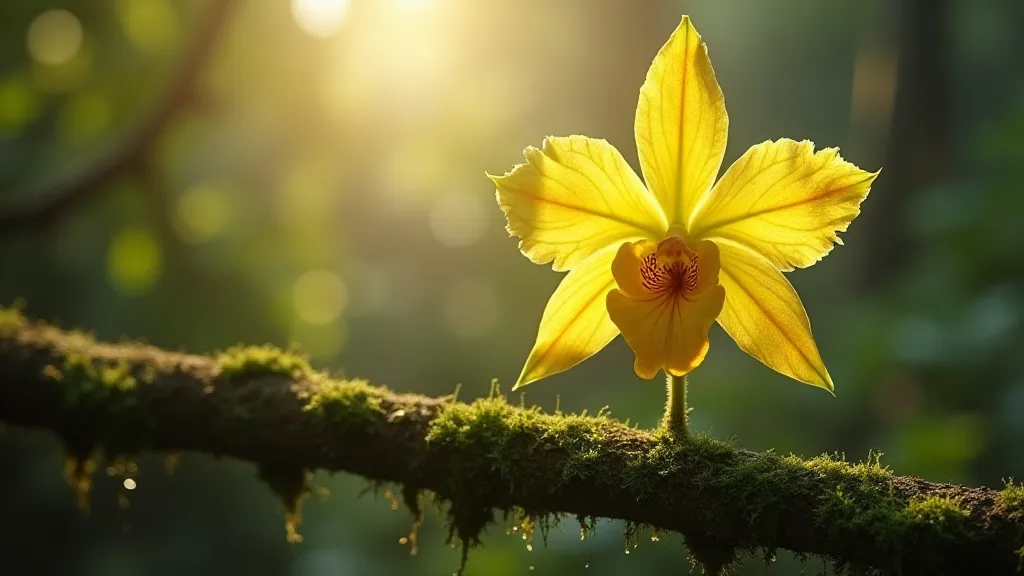
Genetic Inheritance: A Legacy of Adaptation
Of course, pigment production is primarily dictated by genetics. Genes control the enzymes responsible for synthesizing anthocyanins and carotenoids, and variations in these genes lead to the incredible diversity of colors we observe. Recessive genes can hide subtle patterns, while dominant genes establish prominent traits. Studying the inheritance patterns of color variations is a complex but rewarding endeavor – a journey into the very blueprint of the orchid’s existence.
Consider the *Phalaenopsis parishii*, a miniature orchid with flowers that exhibit a remarkable range of color patterns – from pure white to vibrant pinks and purples. These variations are largely due to subtle differences in the genes controlling anthocyanin production, passed down through generations.
Restoration and Conservation: A Delicate Responsibility
Understanding orchid pigmentation isn’t just a scientific curiosity; it has crucial implications for orchid conservation. Many rare orchid species are threatened by habitat loss and unsustainable collection. By studying their pigmentation, we can gain insights into their evolutionary history and ecological adaptations, which informs conservation efforts. Knowing what triggers the intensity of color can inform captive breeding programs, aiming to replicate the vibrant hues that attract pollinators in their natural habitat.
Furthermore, a deeper appreciation for orchid pigmentation fosters a sense of stewardship. When we truly understand the beauty and complexity of these flowers, we are more likely to support initiatives aimed at protecting their habitats and preventing their extinction.
The Personal Connection: A Language of Beauty
For me, the quiet beauty of an orchid isn’s just about its appearance; it’s about the story it tells. It’s a history of adaptation, a testament to the power of natural selection, and a reminder of the interconnectedness of all living things.
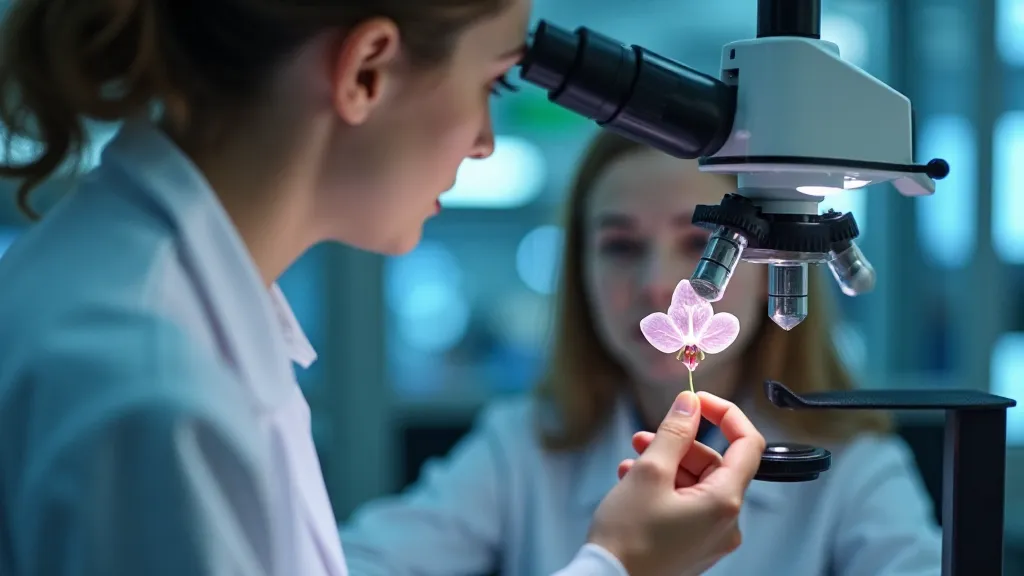
The subtle shift in color, the intricate pattern of markings – these aren’t just aesthetic quirks. They’re whispers from the past, clues to the orchid’s origins, and promises of a future where these extraordinary plants continue to thrive. And in deciphering that chromatic language, we come to understand something profound about the beauty and fragility of the natural world.


